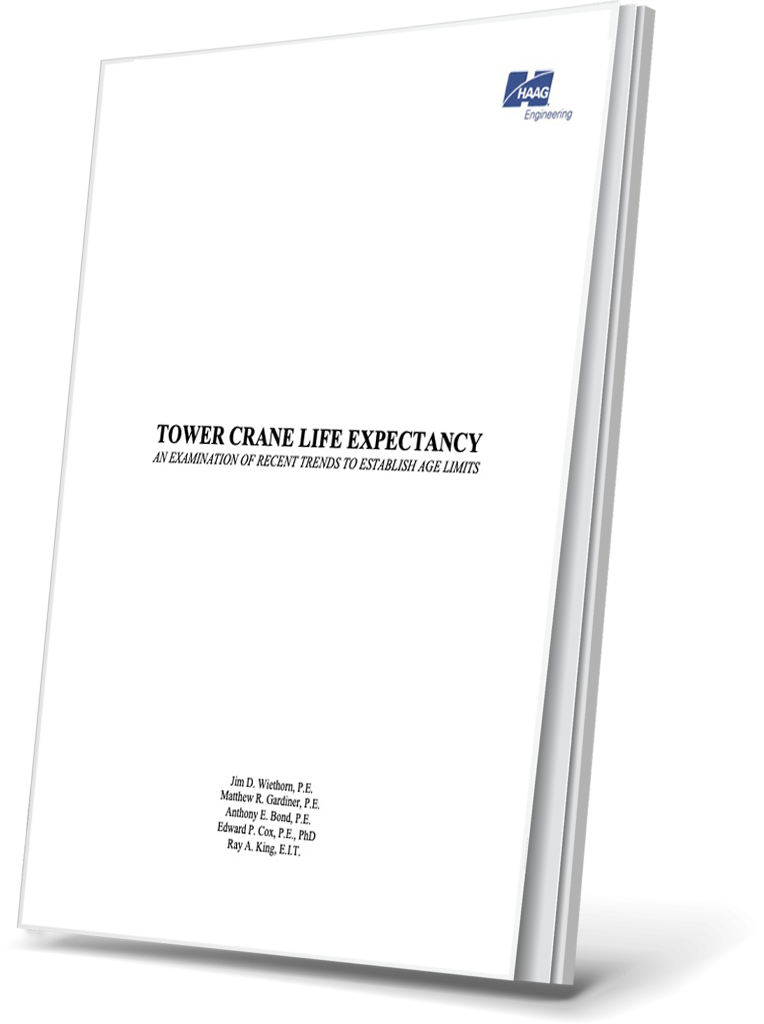Tower Crane Life Expectancy: An Examination of Recent Trends to Establish Age Limits
Analyzing Crane Ages at the Time of Incident to Determine Correlation
Over the past decade, there have been increased discussions and attempts around the world to set and/or legislate a maximum service life for tower cranes, and in some cases mobile cranes based solely on their age.
As a result of the recent publication, Crane Accidents: A Study of Causes and Trends to Create a Safer Work Environment, 1983-2013, Jim D. Wiethorn, P.E., the Specialized Carriers and Riggers Association (SC&RA) approached Haag to evaluate and compare the basis of these claims to our experience in crane accident analyses and Crane Study results.
As part of our analysis, we examined the Crane Study results with respect to the crane ages at the time of the incidents to the actual causative factors of the accidents, with an emphasis on tower cranes. Additionally, we researched and addressed a variety of issues raised in support of and rebuttal to proposals for regulations in various parts of the world.
The purpose of this analysis was to determine if any correlation exists between crane accidents and the ages of those cranes, and to evaluate whether the basis for these claims would suggest an age limit for such equipment.
Download this paper to learn more about the historical background of limiting the service life of cranes based on age, as well as proper maintenance, documentation, and ongoing inspection and testing of cranes for machine longevity.

